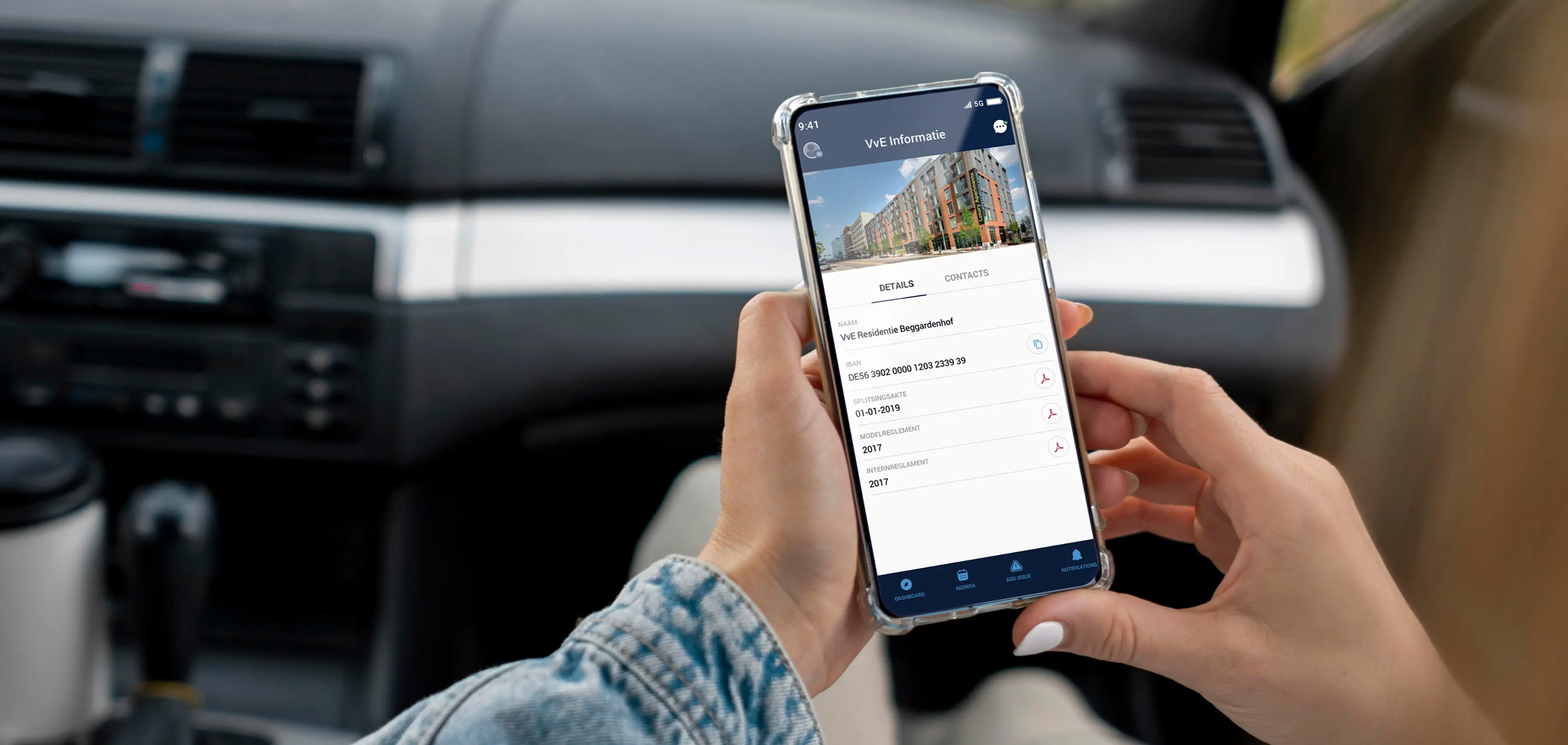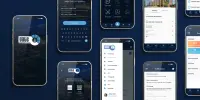How we developed a mobile app for a leading property management software vendor in the Netherlands

In less than a year, Erbis created a fully fledged service for a leading property management software vendor in the Netherlands.
What follows are details of the process that we followed leading to the final result.
Challenge
The project came to us at an early stage. The client had an initial version of a web application that required improvement. Also, the client wanted to create a mobile app for tenants. Our task was to implement the app from scratch.
We started by studying the client's business. First, our business analyst (BA) conducted several interviews with the client, to determine how property management works in the Netherlands, and what problems residents of apartment buildings face. Additionally, our BA researched the market to understand the Dutch culture of multi-family housing and to study competitors.
After gathering all relevant information, the BA proposed the app concept to the client which they accepted. A final meeting was held at which our team agreed on the project details and started development.
Pre-development stage
We assigned five people to work on the project:
- Front End Developer
- Back End Developers (two people)
- UI/UX Designer
- Business Analyst (who also acted as a Product Owner)
First, our BA developed technical requirements for the mobile app, which described:
- App System Logic
- App Usage Mechanics
- Safety Requirements
- User Interface Requirements
- Recommendations For App Content
- Priorities For App Versions
- App Processes Flows

Next, the UI/UX designer created wireframes - a black and white layout of the application screens and explained to the client how users would interact with the future app.

The last step at the pre-development stage was the preparation of:
- Design Concept
- UI Kit
- Design Layouts
- Interactive Pinteraktiver Prototyprototype

Development flow
We started with architecture design. Our software architects decided on microservices and cloud infrastructure to quickly scale the app and use advanced IT tools on-demand.
The backend was written in Java. Additionally, we used the following technologies during the product implementation:
- REST API for integration
- Git for version control
- Maven for dependency management
- MariaDB for data storage
- JPA for object-relational mapping
As for the frontend, it was implemented in Angular 11 and Ionic 5. Also, we used Capacitor 2 to build iOS and Android apps from a ready web application.
The development flow was based on Scrum with traditional two-week sprints. At the end of each sprint, we discussed our progress and set tasks for the next iteration.
Our client was very proactive, regularly joining our meetings and staying up-to-date about development flow details.
Tech stack
- .NET Core
- Angular
- Ionic
- KeyCloak
- PostgreSQL
App features
The final product is a robust solution for homeowners to manage their property and communicate with home associations. The app features include:
Login / registration. Anyone can register in the app and control all activities associated with the particular place of residence from their device.
User profile. Users can view and edit personal data. Also, they can connect to several Homeowners Associations (if they have several apartments in different houses).
Invoice management. Users can view invoices and see how their statuses change in real-time.
In-app chat. The app automatically connects all participants of the Homeowners Association and allows the exchange of instant messages.
Homeowners Association switch. Users can switch between associations they belong to.
View company data. Users can view the data of the company they belong to.
Notifications. Users are notified about incoming messages in the chat.

The Results
The client highly appreciated our tailor-made application and our ability to meet all deadlines. Thanks to our innovative solution, users now have a convenient tool to communicate with Home Association managers, and other tenants, and stay up-to-date with house-related events.
After launching the application, the client reported:
- a reduction of complaints concerning Homeowners Associations
- fewer conflict situations between Associations and tenants
- fewer late rent payment cases
- an increase in apartment sales and rentals
- happier customers
Do you want to create a property management app?
Living in an apartment building obliges homeowners and home maintenance companies to stay in touch. Every now and then, the parties have reason to communicate: to discuss paying utility bills, about providing home services, or regarding repairs. However, in a busy time-poor world, digital transformation provides innovative and more effective methods to exchange information and communicate than face-face meetings or even phone conversations.
Given this, an app for homeowners is a great solution, ensuring that home residents and managers are on the same page. It provides many benefits for both parties by automating the workflow, simplifying the ordering of home-related services, and enhancing overall communication. If you want to develop a similar app, get in touch. Our expertise will enhance your idea and result in a win-win project that scores a direct hit on market need.











